Al Saedan Real Estate – The Real Estate Leader Building on a Kingdom’s Vision
According to Citigroup (Middle East), approximately 60 percent of all real estate projects worth 3.5 trillion dollars underway or in the pipeline in the Middle East are located in Saudi Arabia and the United Arab Emirates.
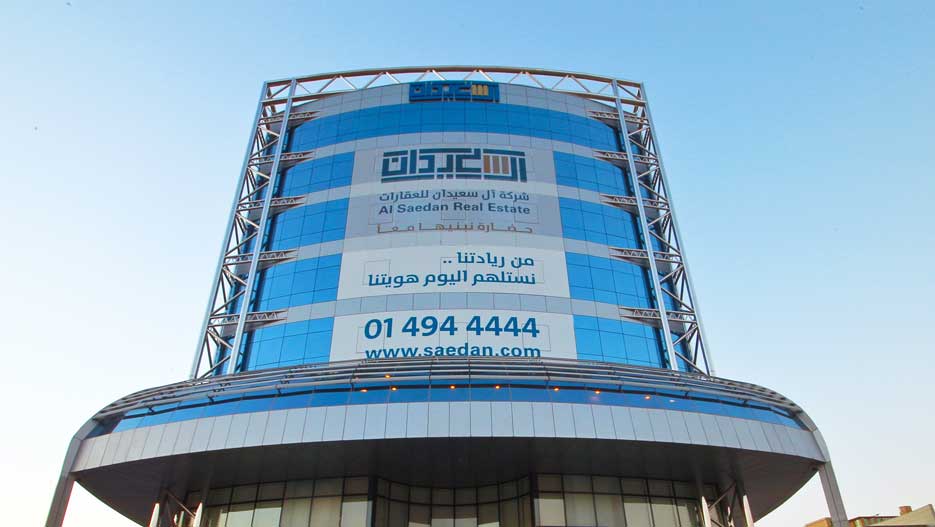
By Gérard Al-Fil
According to Citigroup (Middle East), approximately 60 percent of all real estate projects worth 3.5 trillion dollars underway or in the pipeline in the Middle East are located in Saudi Arabia and the United Arab Emirates. While Germany’s capital, Berlin, was not able to complete its new airport on time, the oil-rich kingdom builds entire new cities near the capital, Riyadh, and at the Red Sea coast. In addition, Saudi prince and multi-billionaire, Al-Waleed Bin Talal’s ambitious Kingdom Tower or Burj Al-Mamlaka, which is under construction in Jeddah. Upon completion in 2019, the tower, being 1,001 meters, will be the highest vertical building in the world.
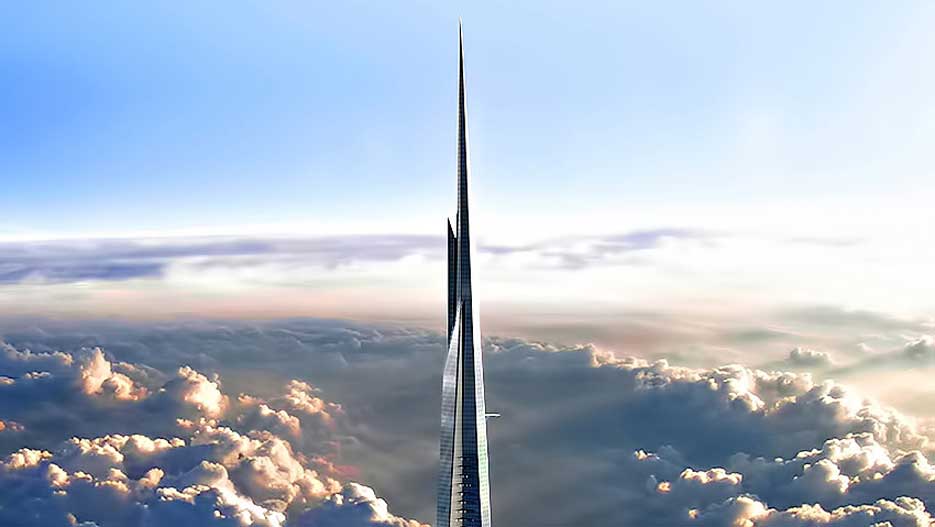
Saudi Arabia and the UAE are major oil suppliers, and they are the biggest and second biggest economies in the region, respectively. Saudi Arabia, also known as KSA (Kingdom of Saudi Arabia) consists of around 29 million inhabitants. It is the biggest state of the six members comprising Gulf Co-operation Council (GCC, the other five members are UAE, Kuwait, Bahrain, Qatar and Oman).
According to Citigroup (Middle East), approximately 60 percent of all real estate projects worth 3.5 trillion dollars underway or in the pipeline in the Middle East are located in Saudi Arabia and the United Arab Emirates.
The sky is the limit
Few firms have roots and operations in both GCC states; Al Saedan Real Estate is one of them. Being one of the leading developers in the kingdom, the company has a strong expertise “in master-plan developments, land development, building commercial and residential centers, selling and buying local and international real estates, providing consultation in real estates, and providing valuation and estimation services,” says Dr. Bader Ibrahim Ibn Saedan, the firm’s General Manager.
The Al Saedan family has been in the real estate business since 1934. Dr. Ibn Saedan represents the third generation of the family.
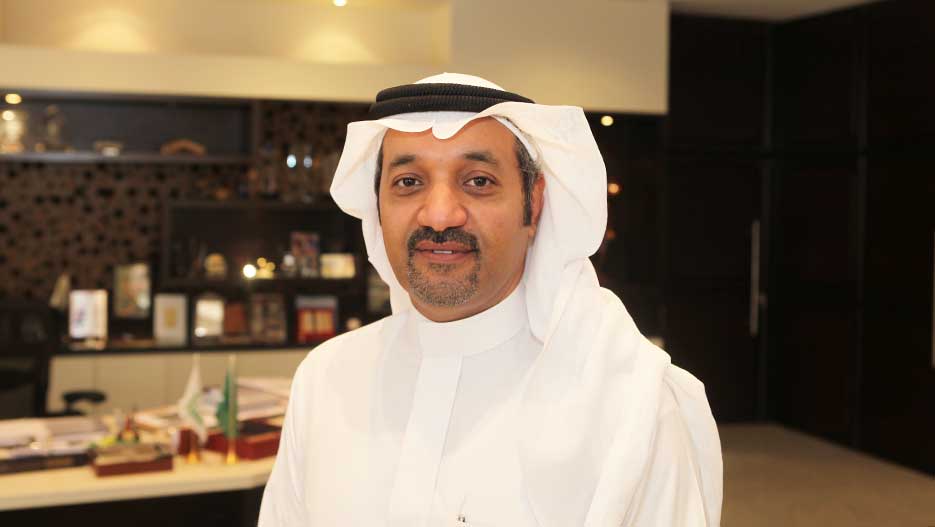
Like many companies with long-standing history, Al Saedan Real Estate has expanded abroad. “Al Saedan is an international real estate company with projects in Saudi Arabia, Tunisia, and the United Kingdom,” Dr. Bader Ibn Saedan told Marcopolis in an exclusive interview. Over 60 percent of the Saudi total population is younger than 25 years, and according to analysts, the desert kingdom has a shortage of five million private homes.
With the Saudi real estate market being one of the largest markets in the GCC, “partnerships are quite common,” said Dr. Ibn Saedan.
Private vs. Public
The public sector is the most important player in the real estate market and, at times, a competitor. “It is, however, very difficult to compete with the government.” The General Manager mentioned the King Abdullah Financial District (KAFD), whose total development will cost 7.8 billion dollars and is being undertaken by the Riyadh Investment Corporation on behalf of the Pension Authority of the Kingdom of Saudi Arabia, consists of 34 towers in an area of 1.6 million square meters. It will provide more than 3 million square meters of space for various uses, 62,000 parking spaces, and accommodation for 12,000 residents.
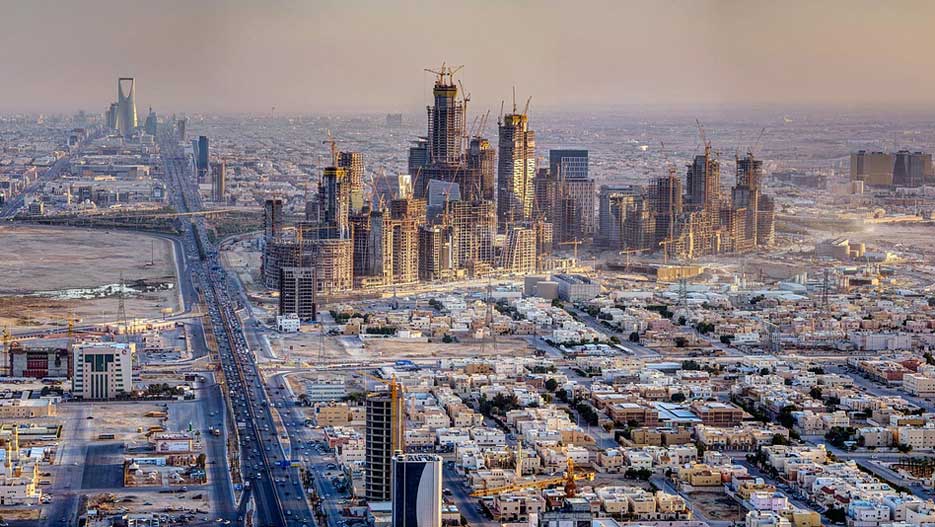
Infobox
The King Abdullah Financial District (KAFD) is a new development under construction near King Fahad Road in the Asahafa area of Riyadh, Saudi Arabia. The project consists of 59 towers in an area of 1.6 million square metres, monorail and many amenities.
It will provide more than 3 million square metres of space for various uses, 62,000 parking spaces and accommodation for 12,000 residents. In 2011 it was the largest project in the world seeking green building accreditation. The project is estimated to cost 29 billion Saudi riyals ($7.8 billion).
In addition to public spending, “the massive investment spending in infrastructure and the size and scope of the projects is attracting the attention of numerous multinational companies,” says Dr. Boutros Klink, the CEO of British bank Standard Chartered in Saudi Arabia. But although KSA is open for business, being big in Japan does not mean that you can easily transfer your success to the Middle East. Al Saedan says he is sometimes puzzled by the ignorance of foreign businessmen.
“Saudi Arabia is the largest economy within the GCC and in the region, and each city has its dynamics. Even if you learn and have experience in the U.S. market, for example, when you come to Saudi Arabia, it’s not the same, and vice versa,” he says. “When you go from Saudi Arabia to the U.S., you cannot use your experience without having knowledge of the local market. You need to have the knowledge of the local market.”
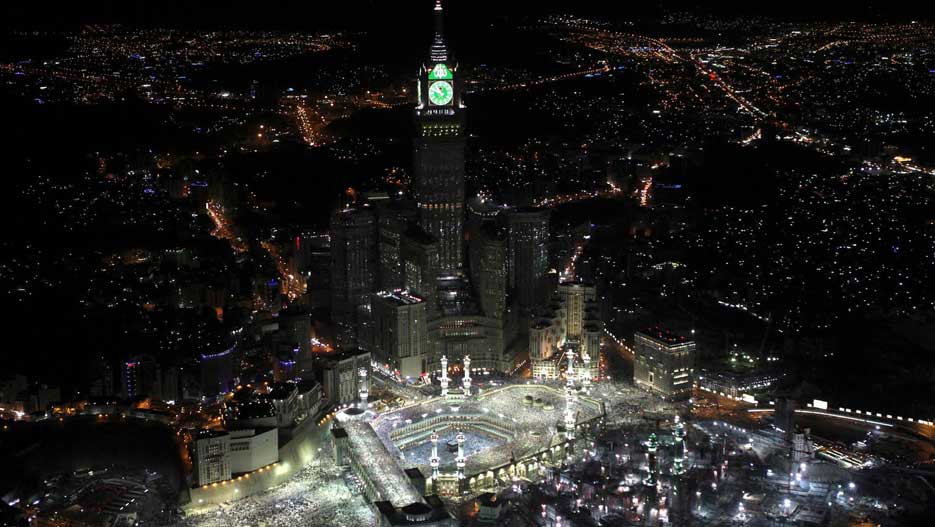
Despite fierce competition, the Al Saedan family is one of the richest families in Saudi Arabia. Its chairman is also the chairman of Société Immobilière Tunis (Tunis and Holding Arabia D’investissement), Immobilier in Marocco, as well as a member of the Emirates Industrial City Co. in Sharjah, UAE.
Al Saedan Real Estate became involved in the vertical construction, building compounds, malls, and high rise buildings. While Dubai has attracted the world’s attention with the world’s tallest tower, Burj Khalifa (828 meters), there is less speculation in KSA than in Dubai due to the huge young Saudi population putting real demand for property into the market. Economic prospects for KSA could not be better. Amid constant high oil prices and the government’s ambitious move to diversify the economy, the IMF forecasts that Saudi Arabia’s gross domestic product (GDP) would grow by over 4 percent in 2014.
Demanded land, overheated deals
Nevertheless, where there is light, there is shadow. Dr. Bader al Saedan, says sometimes in land deals “the ownership transfers without adding value, such as when you buy raw land and transfer it as is. That’s not good for the market because it inflates the prices. Speculation with raw land is rampant.” This widely used “business model” only inflates the prices, without adding value to it. “The best thing is to develop the land to add the value.”
In Saudi Arabia, the system has been to transfer the land as freehold, except in some places like the Holy Lands, in Mecca and Medina. “It’s completely different than in any other part of Saudi Arabia. For example, after the creation of the GCC, all GCC citizens can buy land in Saudi Arabia with certain restrictions, except in Mecca and Medina. That is only for Saudis,” he explains.
Al Saedan has five projects in Mecca. “We have started construction on one of them and the other one will start this year; three others will continue and we are waiting for the permits. In Mecca it is completely different; the market is booming.” There is a very high demand in Mecca because of expanding the Grand Holy Mosque, which means that the government has to demolish old buildings.
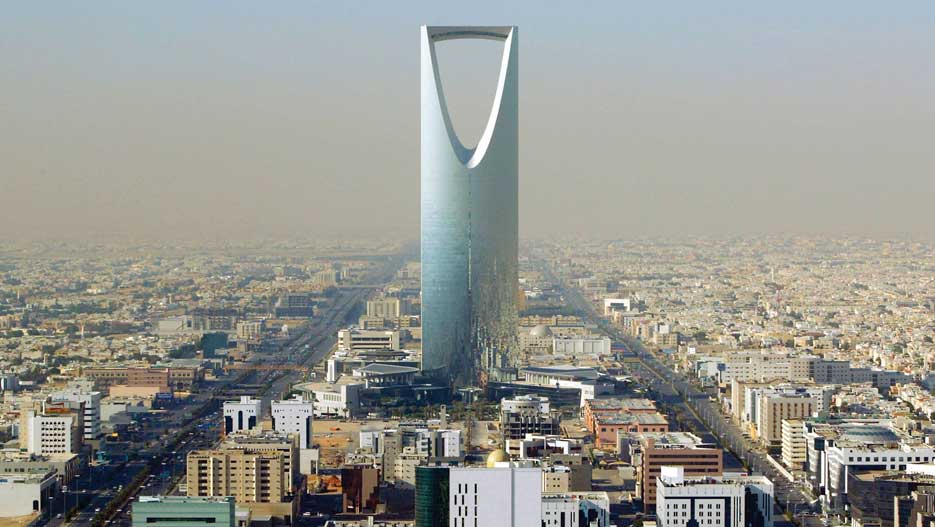
Regarding the regional breakdown, the general manager admits that “we have a problem in Riyadh. Purchasing power of people in Riyadh is low, they cannot buy in any capital city, but they can buy in smaller cities. Riyadh, located in the center of the kingdom and surrounded by deserts and mountains, is the biggest city in Saudi Arabia, and at the same time, one-fifth or one-quarter of the population are living in Riyadh.”
In Jeddah, Dr. Bader al Saedan says, the problem is that it’s much smaller in area than Riyadh and the development is limited. “They have the sea on one side and the mountains on the other side, so they have to build in a strip along the sea. Nobody wants to live too far north or south; they want to be close to the city center.” Jeddah is known for being the gateway to the world due to its huge port at the Red Sea coast and because of being the entry point for millions of Muslim pilgrims who travel to Saudi Arabia for the pilgrimage to Mecca and Medina.
The youngsters are coming
Regarding shortage in housing, the government under the late King Abdullah, who also had the title “Custodian of the Two Holy Mosques”, has tried to address the issue. Riyadh announced multi-billion dollar plans to build 400,000 units, but it’s not still enough given there are so many people who enter the work force every year. There are 250,000 graduates entering the work force.
But Al Saedan’s point is affordability shall not compromise the high standards the real estate firms have developed over the last decades.
There are 250,000 graduates entering the work force. But Al Saedan’s point is affordability shall not compromise the high standards the real estate firms have developed over the last decades.
With temperatures rising above 50 degrees in the summer, houses have to stand the tension of the high outdoor temperatures with simultaneous cool, air-conditioned rooms created within concrete walls. “The developers do not want to jeopardize the quality; we want good quality houses,” says Al Saedan, adding that the private sector cannot be held accountable for all challenges. “Affordability is a government issue. The government has to boost the purchasing power per capita by introducing better regulations.”
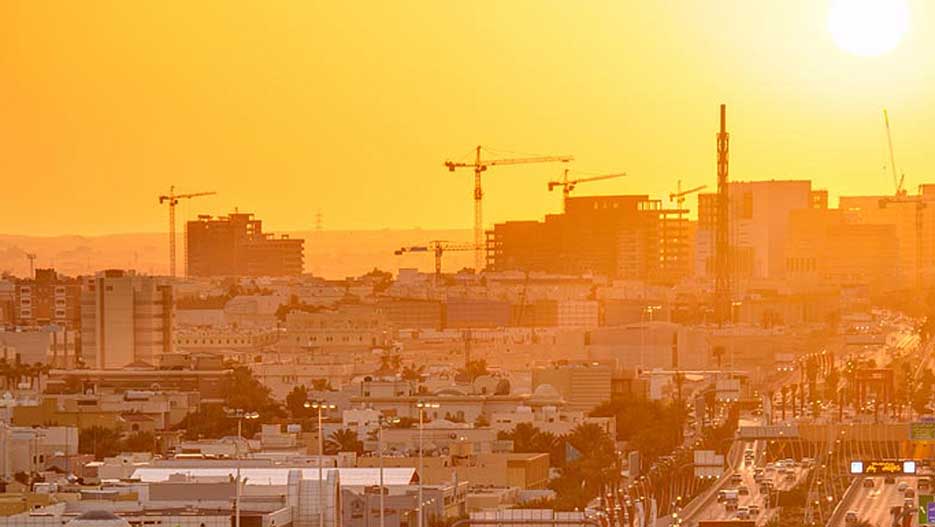
Above all, a vibrant construction industry which has to address an excess demand for housing not only the affordable housing, land and building materials of high quality, but also an attractive legal environment, a missing fertile ground that has yet to be addressed. KSA needs a mortgage law.
“This issue has been a priority for the government for the past 15 years. Unfortunately, the law is still under discussion. The market needs the new law in order to increase the purchasing power of the Saudis.”
Projects for the next generation
Currently, Al Saedan is involved with multiple projects. “First, Al Saedan Real Estate is one of the leading companies building residential compounds, with three projects. In one of them, phase one is completed, phase two will be completed within three months, and phase three possibly by the end of 2014. That’s a huge compound and is oriented to the industrial city. Second compound was completed in July 2014. Third compound is starting this year and it should be completed in about two years.”
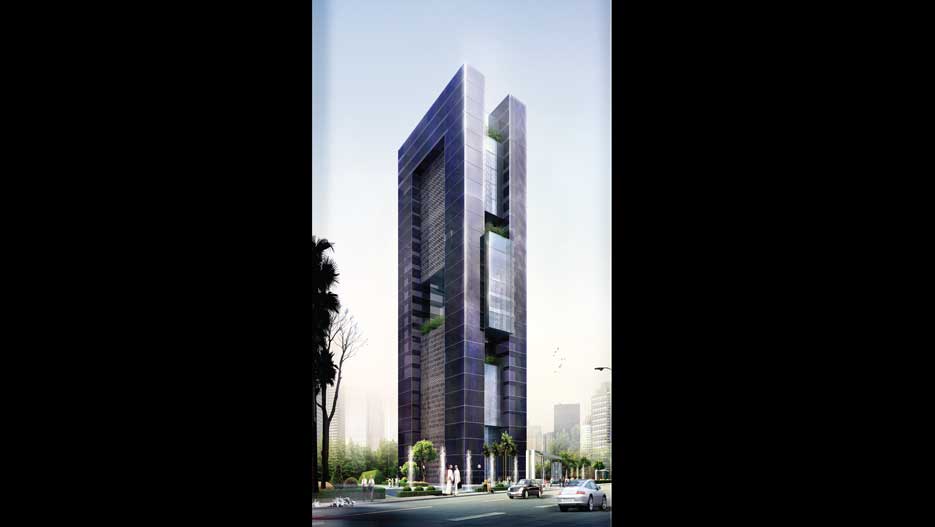
In relation to master land developments, Al Saedan Real Estate is currently developing one million square meters land development starting 2014. “We are now in negotiations with sub-developers to develop houses on that land, along with commercial strips and some other developments. Probably 50% will be land to be sold to end users.”
“Regarding our vertical developments, we are building a 30-story high rise tower, currently the project is on schedule to be completed in March or April of 2015.” Al Saedan will clearly not run out of work too soon. “In real estate in Saudi Arabia, the growth for the last five years was more than 10% and it will continue close to that figure,” adds Dr. Bader al Saedan.